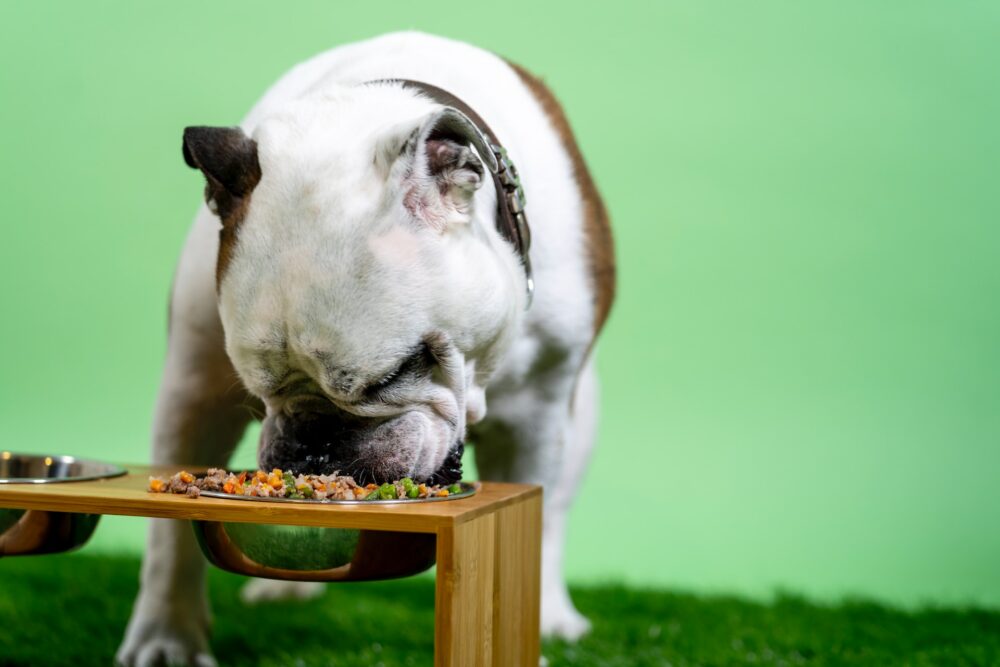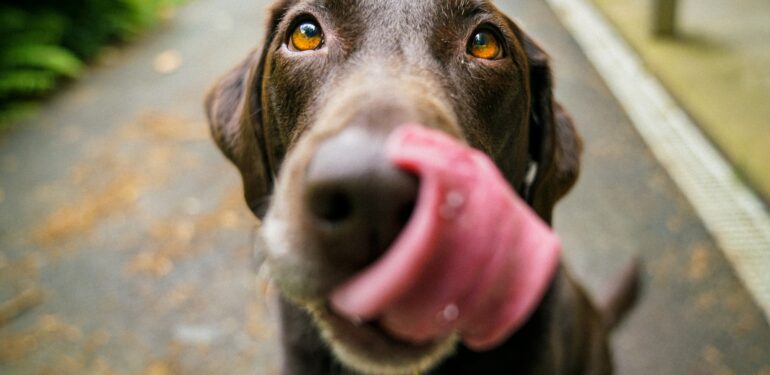As dog owners, we are constantly in search of the best ways to nourish and care for our furry companions. In recent years, there has been a growing interest in natural dog feeding, particularly the practice of providing high-quality raw food. This approach aims to emulate the diet of a dog’s wild ancestors, emphasizing the consumption of raw, unprocessed ingredients. In this article, we will delve into the world of natural dog feeding, exploring the benefits and considerations of incorporating high-quality raw choices into your canine friend’s diet.
The Evolutionary Argument for Raw Feeding
Understanding the evolutionary history of dogs provides a compelling argument for the benefits of a raw diet. As descendants of wolves, dogs have evolved over thousands of years as carnivores. Their digestive systems are adept at breaking down raw meat, bones, and organs. Advocates of natural dog feeding argue that a diet mirroring what their ancestors consumed in the wild can lead to optimal health. This includes improved coat condition, healthier skin, and increased energy levels. By embracing the evolutionary perspective, pet owners aim to provide a diet that aligns more closely with the nutritional needs of their canine companions.
The Frozen Food Revolution
One of the key components of natural dog feeding is the availability of high-quality frozen raw food options. These products often come in convenient packaging, containing a mix of raw meat, bones, and organs. The freezing process not only preserves the nutritional integrity of the ingredients but also eliminates the need for artificial preservatives. The raw dog food that is frozen typically includes a variety of protein sources such as beef, chicken, lamb, and fish. Many pet owners appreciate the ease of feeding that frozen options provide, as they can simply thaw and serve. Additionally, the controlled portions in frozen raw meals make it easier for pet owners to monitor and manage their dog’s daily intake.
The Nutritional Benefits of Raw Bones
While some pet owners may be apprehensive about feeding bones to their dogs, raw bones can offer significant nutritional benefits when included in a balanced, raw diet. Raw bones are a natural source of essential minerals like calcium and phosphorus, crucial for maintaining strong and healthy teeth and bones. Chewing on raw bones also promotes dental health by reducing plaque and tartar buildup. It’s essential to note that the bones should always be raw, as cooked bones can splinter and pose a choking hazard. Additionally, bones should be appropriately sized for the dog’s breed and age. When responsibly incorporated, raw bones contribute to a holistic approach to natural dog feeding, supporting dental and overall health.
The Importance of Variety in a Raw Diet
Just as humans benefit from a diverse and balanced diet, dogs thrive when provided with a variety of protein sources and nutrients. High-quality raw choices often come in different formulations, allowing pet owners to rotate protein options and ensure a well-rounded nutritional profile. This diversity in a dog’s diet helps prevent nutrient deficiencies and supports overall health. Each protein source brings unique nutritional benefits, such as specific amino acids, fatty acids, and vitamins. By incorporating a range of proteins like beef, chicken, lamb, and fish, pet owners can mimic the varied diet that wild canines would consume in their natural habitat. This approach also reduces the risk of developing sensitivities or allergies to specific ingredients.
Addressing Concerns and Considerations
While natural dog feeding has gained popularity, it’s essential for pet owners to address common concerns and considerations associated with a raw diet. Hygiene is a critical factor, as handling raw meat requires careful sanitation to prevent the spread of harmful bacteria. Additionally, some dogs may have difficulty adjusting to a raw diet, and a gradual transition is often recommended. Consulting with a veterinarian is crucial to tailor the diet to individual dogs’ specific needs and health conditions. Nutritional supplements may also be necessary to ensure all dietary requirements are met. Furthermore, monitoring a dog’s weight and overall well-being is essential, as adjustments to the diet may be needed over time.
Transitioning to a Raw Diet: A Step-by-Step Guide
For dog owners considering the transition to a natural, raw diet, a step-by-step approach can ease the process for both the pet and the owner. Begin by researching reputable brands that offer high-quality frozen raw food options. Introduce small portions alongside the dog’s regular diet to allow for a gradual adjustment. Monitor your dog’s response, noting any changes in digestion, energy levels, and coat condition. Slowly increase the proportion of raw food while decreasing the amount of commercial dog food. Throughout this transition, pay close attention to your dog’s overall health and consult with your veterinarian for guidance and support.

Natural dog feeding through high-quality raw choices offers a compelling alternative to traditional commercial diets. Embracing the evolutionary needs of dogs and providing a diverse, nutritionally rich diet can lead to improved health and well-being. Frozen raw food options, raw bones, and a variety of protein sources contribute to a holistic approach to canine nutrition. While concerns and considerations exist, responsible handling, gradual transitions, and veterinary guidance can help ensure a successful shift to a raw diet. By making informed choices and prioritizing the nutritional needs of our canine companions, we can contribute to their longevity, vitality, and overall happiness.


